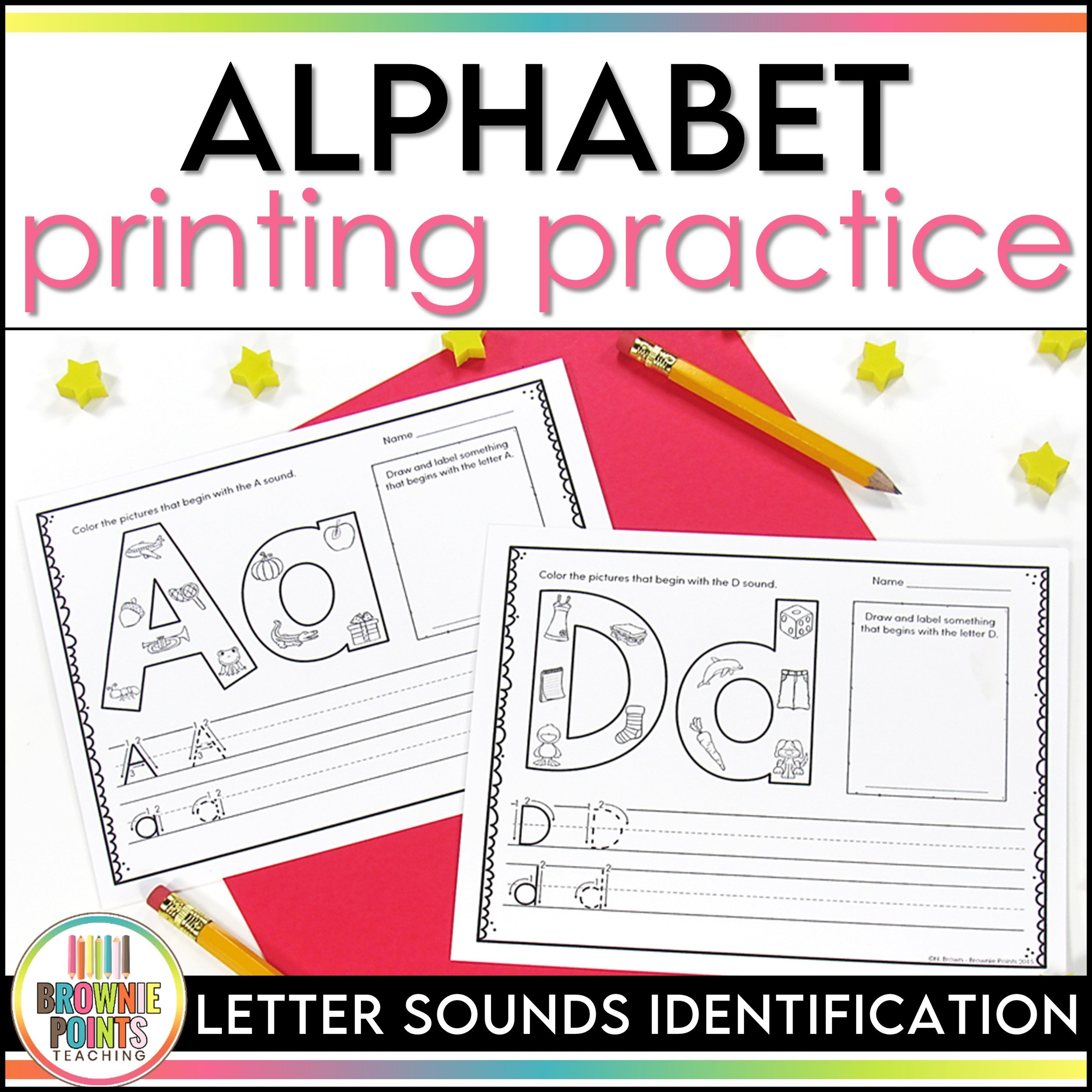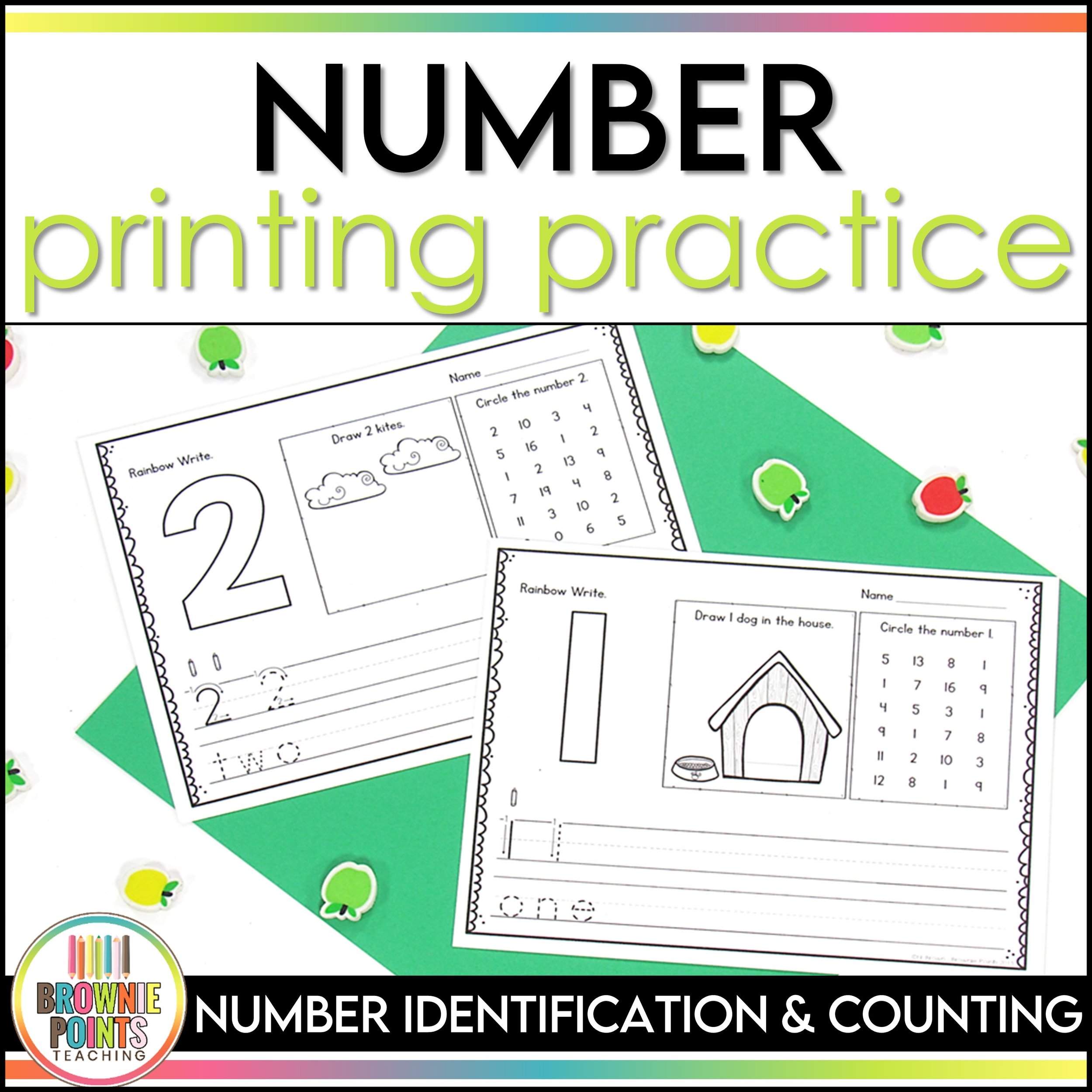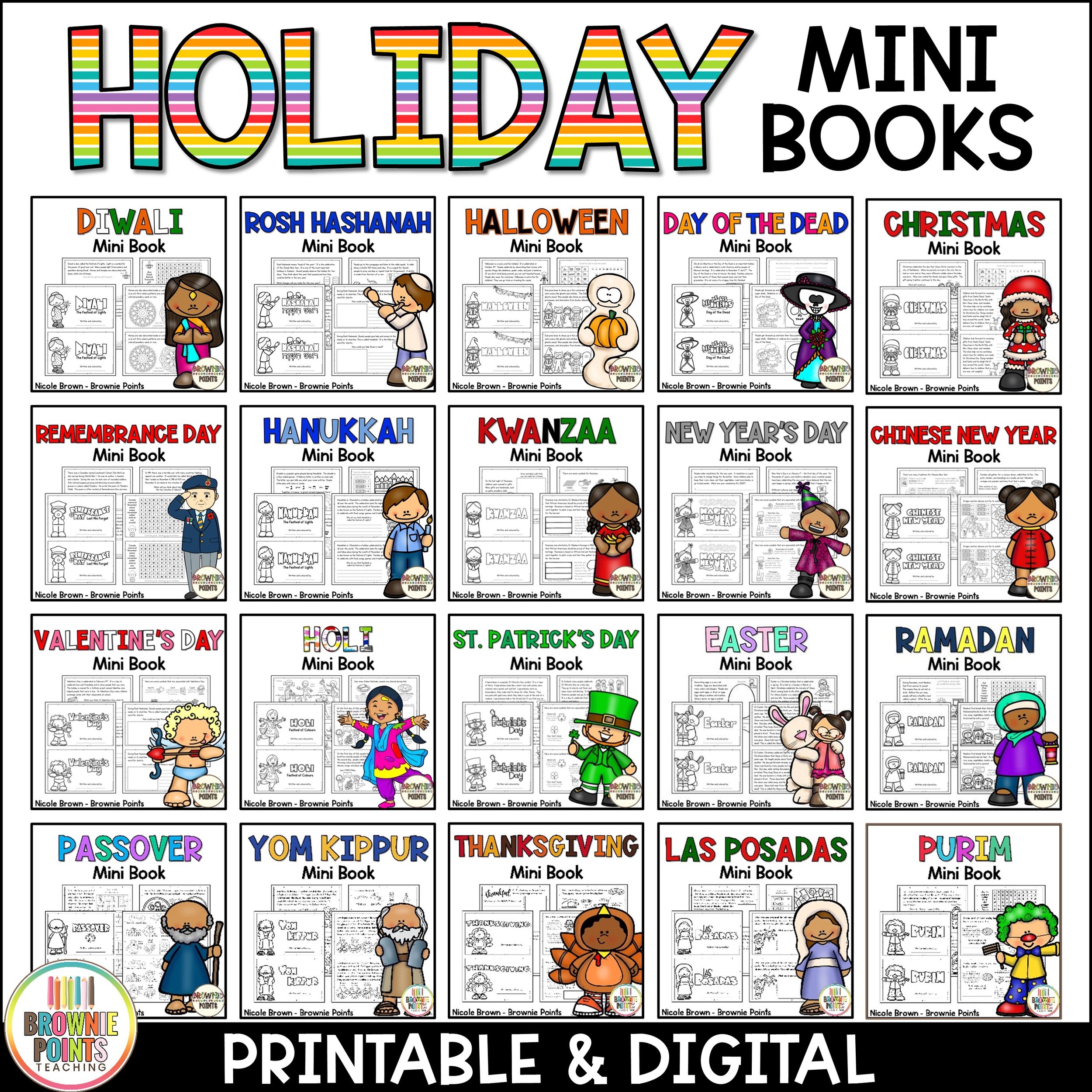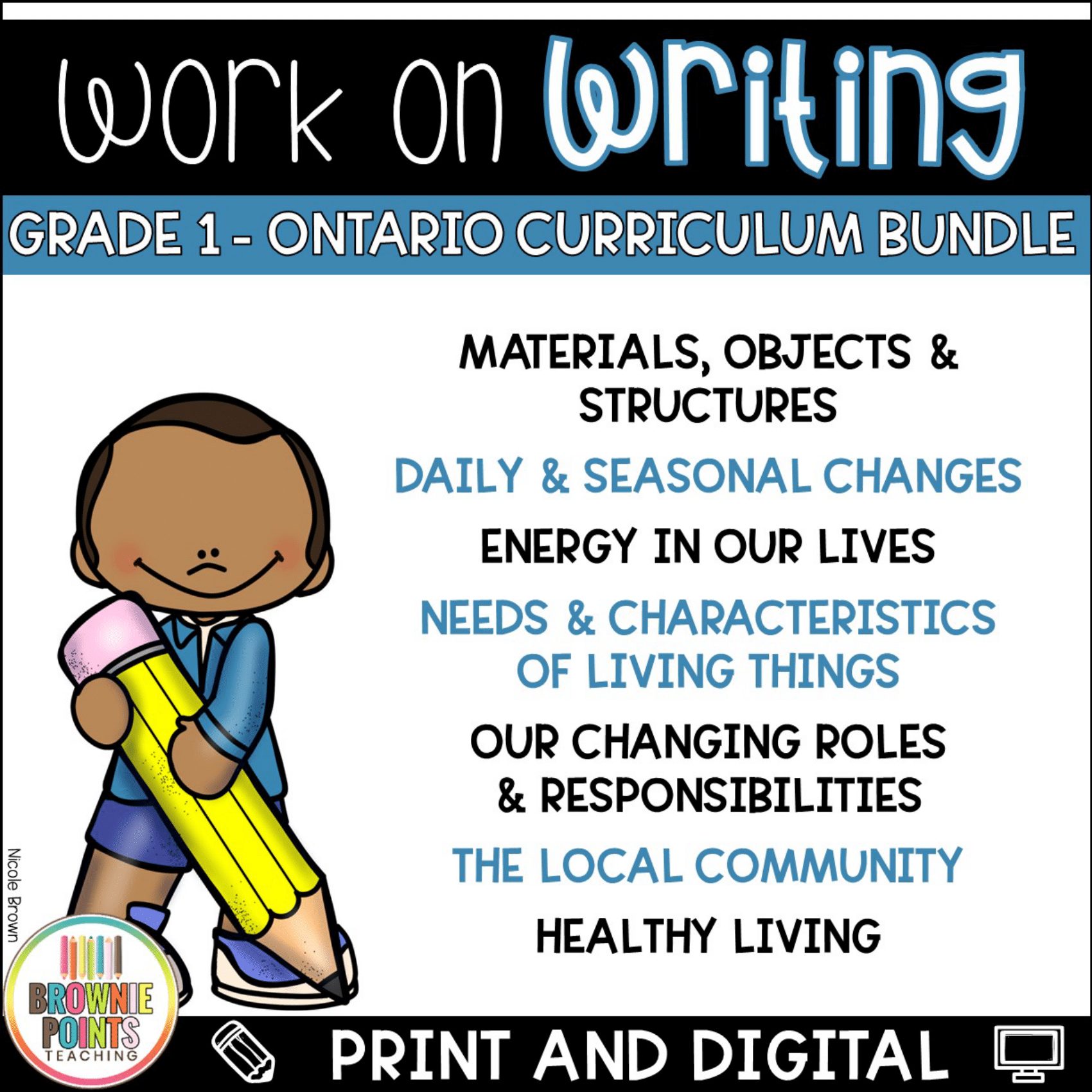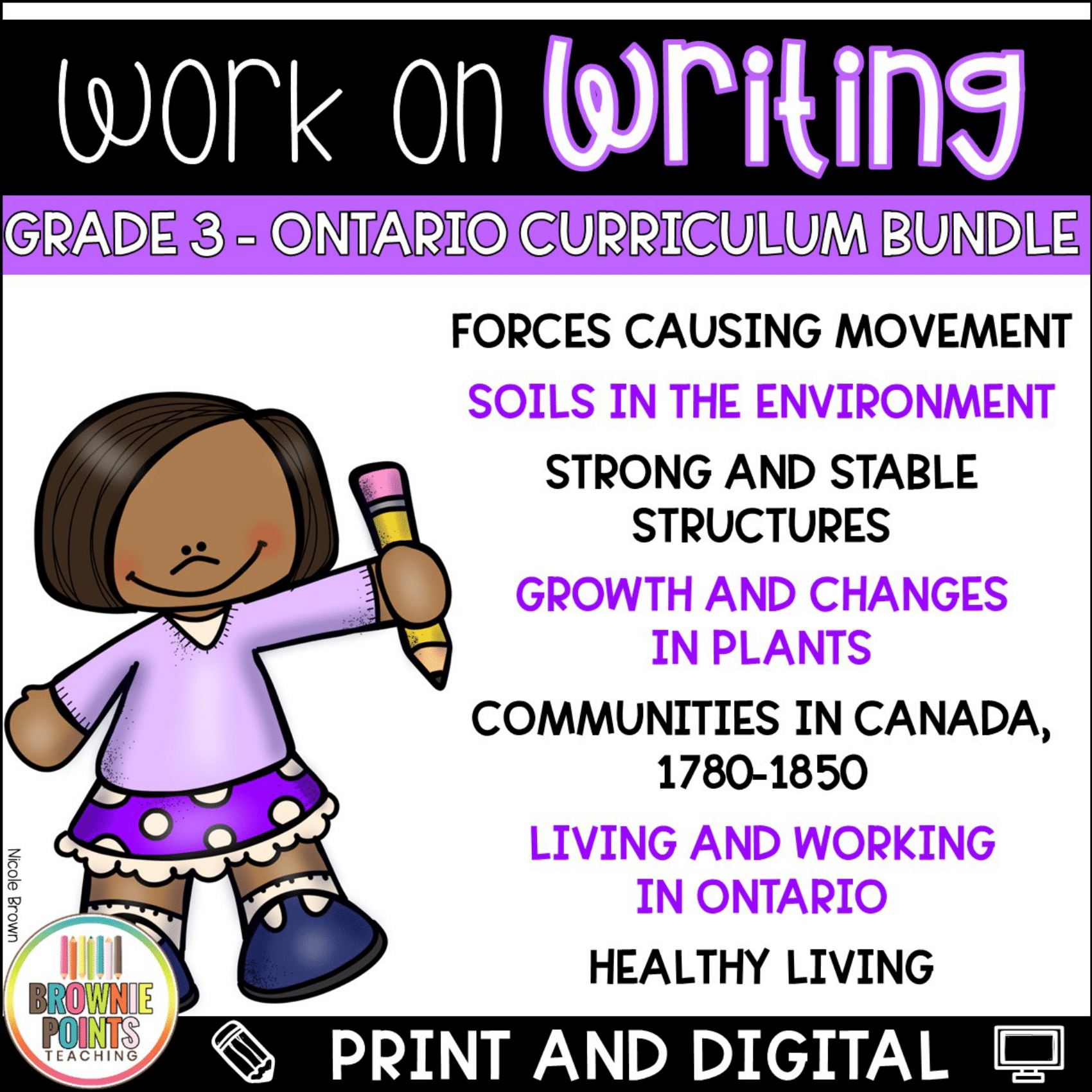Color Mixing Magic: Fun Activities to Teach Primary and Secondary Colors
/Colours - a quick, fun unit!
We discuss primary and secondary colours, colour mixing, and touch on tints and shades and warm and cool colours.
As I mentioned before, How to Teach Art to Children is a great resource for this unit.
I start by discussing the primary colours - red, yellow, and blue - and try to drill that in, plus the fact that they are the main, hence, primary colours.
Then I demonstrate colour mixing using food colouring and water with a document camera.
I love how during my demonstrations they find it magical when two primary colours are mixed to create a secondary! While I'm mixing, they colour in their colour wheels.
Over the years I've tried different activities which allowed the kids to mix colours themselves - tempera paint, shaving cream and food colouring, and play dough. I must say, play dough is the quickest and easiest - little prep and no clean-up!
Since it's early in the year, I demonstrated adding black/white to a colour using tempera paint. A few years back I had the kids do it, but it didn't turn out too well. They had a hard time keeping the brushes clean. Suggestions are more than welcome!
For a centre activity, I put out a colouring mixing math activity where they had to solve the missing "sums" and "addends". They used colour paddles and colour wheel/colour mixing anchor charts to help when they got stuck.











